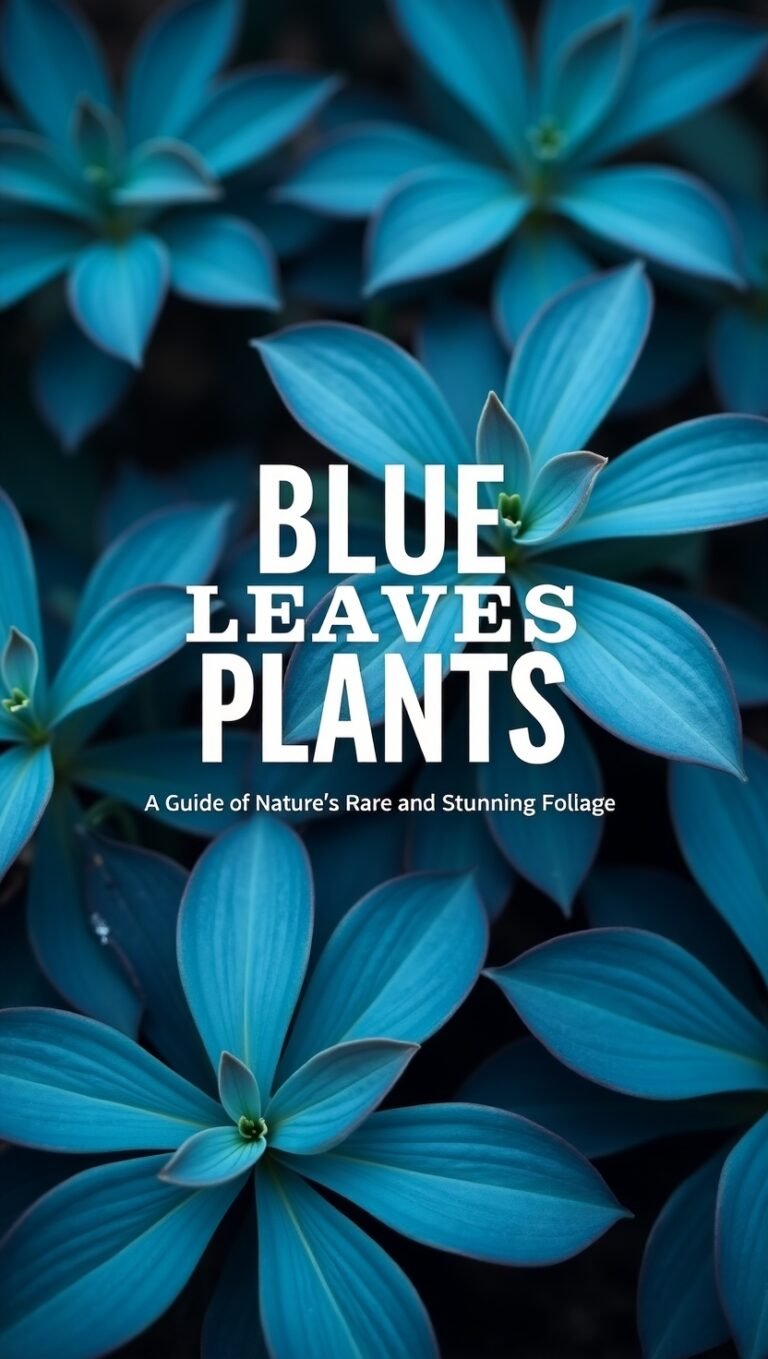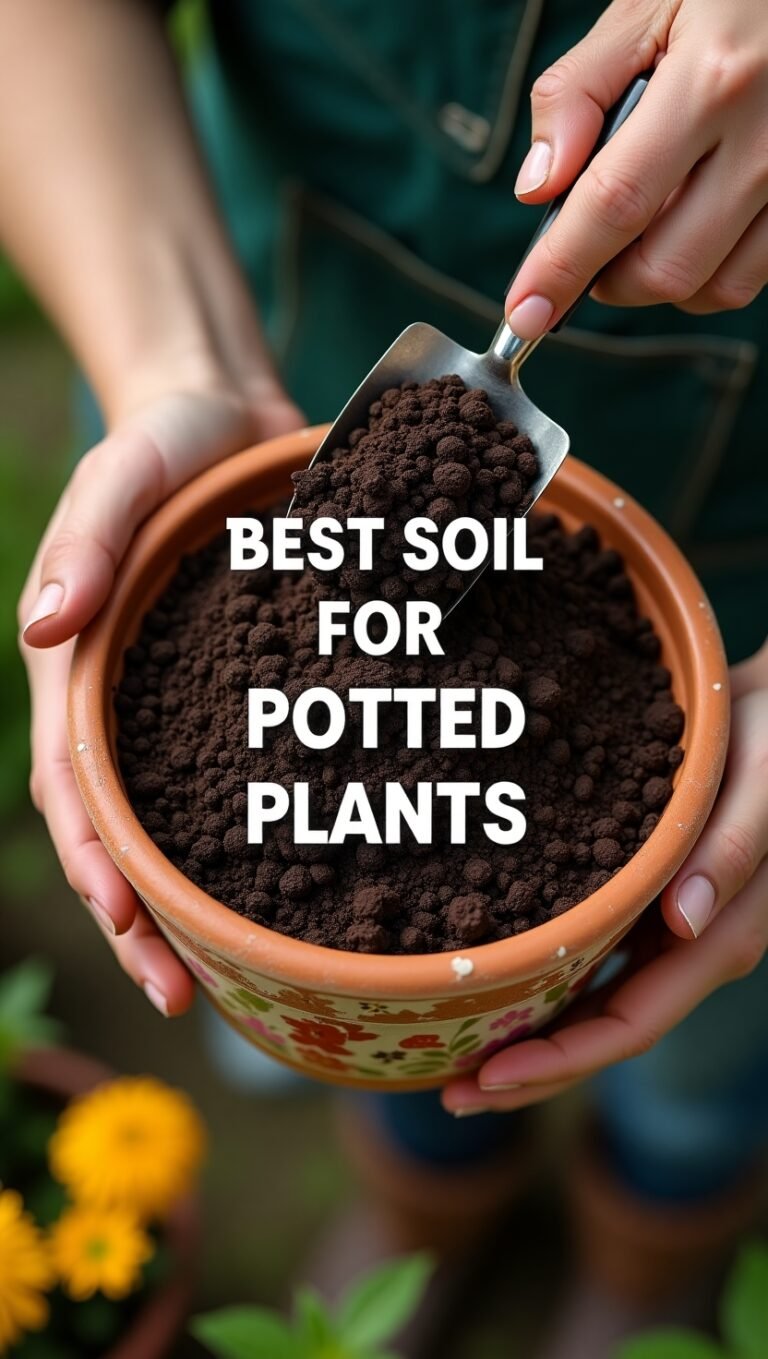Discover how to make pickles from your garden cucumbers with this easy refrigerator pickle recipe. Ashley Scott shares tips, fermentation options, and more!

Hey there, garden enthusiasts! I’m Ashley Scott, and after 10 years of tending my garden, I’ve fallen in love with turning my homegrown produce into delicious treats. One of my all-time favorite projects is pickling the crisp cucumbers that come straight from my backyard. There’s something magical about opening a jar of homemade pickles in the dead of winter and tasting a burst of summer flavor. If you’re curious about how to make pickles from your garden cucumbers, you’re in for a treat!
In this guide, I’ll share a step-by-step recipe for refrigerator pickles, tips for success, and an introduction to fermentation for those who want to try a probiotic-packed version. I’ll also sprinkle in some personal stories—like the time I accidentally made “vampire-repellent” pickles—and answer common questions to make this process foolproof. Whether you’re a beginner or a seasoned homesteader, this article will help you master preserving food and create pickles that’ll wow your family and friends. Let’s dive in!
Why Pickle Your Garden Cucumbers?
If your garden is anything like mine, you’ve probably had moments where your cucumber plants produce way more than you can eat fresh. A few years ago, I was drowning in cucumbers and ended up giving bags of them to my neighbors! That’s when I discovered pickling—a perfect way to preserve that bountiful harvest preservation and enjoy your hard work year-round.
Here’s why I love pickling:
- Extend Shelf Life: Pickles can last weeks (refrigerator method) or up to a year (canned).
- Healthy and Tasty: Homemade pickles skip the artificial preservatives found in store-bought versions.
- Customizable Flavors: Make them tangy, spicy, or sweet to suit your taste.
- Sustainable: It’s a great way to reduce food waste and embrace homestead living.
For more ideas on making the most of your garden, check out my guide on Grow Your Own Food at USA Garden Hub.
Choosing the Best Cucumbers for Pickling
Not all cucumbers are ideal for pickling. Through trial and error, I’ve learned that selecting the right cucumber varieties is crucial for crunchy, flavorful pickles. Here’s what to keep in mind:
- Pickling Cucumbers: These are small (4-6 inches), with thin skins and fewer seeds. Varieties like Kirby, Boston Pickling, or National Pickling are top choices.
- Freshness: Pick cucumbers when they’re firm and vibrant. Older ones can turn mushy.
- Size: Smaller cucumbers fit easily in jars and stay crisper.
I grow Kirby cucumbers in my garden because they’re reliable and perfect for pickling. One summer, I tried using some overripe slicing cucumbers by mistake, and the result was a soggy disaster. Stick to pickling varieties, and you’ll avoid my rookie mistake! For more on growing cucumbers, see my article on Cucumber Growing Tips.
Step-by-Step Guide: Refrigerator Pickles
This is my go-to recipe for dill refrigerator pickles. It’s quick, doesn’t require canning equipment, and is perfect for beginners. If you want to can your pickles for longer food storage, I’ll cover that later.
Ingredients (Makes About 2 Quart Jars)
- 2 pounds pickling cucumbers (about 8-10 small ones)
- 4 cups water
- 2 cups white vinegar (5% acidity)
- 2 tablespoons kosher salt (avoid iodized table salt)
- 4 cloves garlic, peeled
- 2 tablespoons dill seeds or 4 fresh dill sprigs
- 1 teaspoon black peppercorns
- Optional: 1 teaspoon red pepper flakes for spice
Equipment
- 2 clean quart-sized mason jars with lids
- Medium saucepan
- Cutting board and knife
- Measuring cups and spoons
Step 1: Prepare the Cucumbers
Wash your cucumbers thoroughly to remove dirt. Trim off the blossom end (opposite the stem) to prevent enzymes from softening your pickles. You can leave them whole, cut into spears, or slice into rounds. I prefer spears—they’re easy to pack and look great in jars.
Step 2: Make the Brine
In a saucepan, combine water, vinegar, and kosher salt. Bring to a boil, stirring until the salt dissolves. This brine gives your pickles that classic tangy flavor. Let it cool slightly while you prep the jars.
Step 3: Pack the Jars
Divide the garlic, dill, peppercorns, and red pepper flakes (if using) between the two jars. Pack the cucumbers tightly, leaving about ½ inch of space at the top. I like to arrange spears vertically for a polished look, but it’s all about preference.
Step 4: Add the Brine
Pour the warm brine over the cucumbers, ensuring they’re fully submerged. Leave ¼ inch of headspace. Use a clean spoon to press down if needed. Screw on the lids tightly.
Step 5: Refrigerate and Wait
Place the jars in the fridge and let them sit for at least 48 hours. The flavor gets better with time, so I wait a week for peak tastiness. These refrigerator pickles last about 2 months in the fridge.
Canning Pickles for Long-Term Storage
For food storage that lasts up to a year, you’ll want to can your pickles using a water bath. Here’s how:
- Sterilize Jars: Boil mason jars and lids for 10 minutes.
- Pack and Fill: Follow the refrigerator pickle steps to pack jars with cucumbers and brine.
- Water Bath: Place sealed jars in a pot of boiling water, covered by 1 inch of water. Process for 10 minutes (adjust for altitude).
- Cool and Store: Let jars cool, then check seals (lids shouldn’t pop). Store in a cool, dark place.
Canning has been a game-changer for me, especially when I want to stock my pantry. For more on preserving, check out my guide on Preserving Food at Home.
Trying Fermentation for Probiotic Pickles
If you’re curious about fermentation, you can make lacto-fermented pickles instead of vinegar-based ones. These are packed with probiotics and have a unique, tangy flavor. Here’s a simple method:
Ingredients
- 2 pounds pickling cucumbers
- 4 cups filtered water (avoid chlorinated tap water)
- 2 tablespoons kosher salt or sea salt (non-iodized)
- 2 cloves garlic
- 2 fresh dill sprigs
- Optional: 1 teaspoon peppercorns or a grape leaf for extra crunch
Steps
- Prep Cucumbers: Wash and trim the blossom ends. Cut into spears or leave whole.
- Make Brine: Dissolve salt in filtered water to create a saltwater brine.
- Pack Jars: Place garlic, dill, and optional ingredients in a clean jar. Pack cucumbers tightly.
- Add Brine: Pour brine over cucumbers, ensuring they’re submerged. Use a weight (like a clean stone) to keep them under the brine.
- Ferment: Cover loosely and let sit at room temperature for 3-7 days. Check daily, skimming any foam and ensuring cucumbers stay submerged. Taste until they reach your desired sourness.
- Store: Once fermented, seal tightly and refrigerate. They’ll last several months.
My first attempt at fermentation was a bit nerve-wracking—I was worried about mold! But once I got the hang of keeping everything submerged, the results were incredible. The pickles were crisp, sour, and great for my gut health.
Tips for Crunchy, Flavorful Pickles
Here are some tricks I’ve learned to ensure perfect pickles every time:
- Use Fresh Cucumbers: Pick within 24 hours for the best texture.
- Cut the Blossom End: This prevents enzymes from softening pickles.
- Experiment with Spices: Try mustard seeds, coriander, or even a bay leaf.
- Sterilize Equipment: Clean jars prevent contamination.
- Add Tannins for Crunch: A grape leaf or oak leaf in the jar can keep pickles crisp.
One time, I got carried away and added triple the garlic to a batch. The pickles were so potent they could’ve scared off a vampire! Now I stick to the recipe and adjust flavors gradually.
Common Questions About Pickling Cucumbers
Here are answers to questions you might ask Google or Alexa, optimized for voice search and featured snippets:
How Long Do Refrigerator Pickles Last?
Refrigerator pickles stay fresh for about 2 months in the fridge. Canned pickles can last up to a year if properly sealed.
Can I Use Slicing Cucumbers?
Yes, but pickling cucumbers like Kirby are better for crunch. Slicing varieties may turn mushy.
What Equipment Do I Need?
For refrigerator pickles, just mason jars and a saucepan. Canning requires a water bath canner and proper jars.
Can I Make Sweet Pickles?
Absolutely! Add ¼ cup sugar to the brine for a sweet-tangy flavor. Adjust to taste.
Final Thoughts
Learning how to make pickles from your garden cucumbers is a rewarding way to savor your harvest and embrace homestead living. Whether you go for quick refrigerator pickles or dive into fermentation, you’ll love the satisfaction of creating something delicious from scratch. Plus, it’s a fantastic way to reduce waste and enjoy grow your own food year-round.
So, grab those garden cucumbers and give pickling a try! For more recipes and gardening inspiration, visit USA Garden Hub. Let me know how your pickles turn out—happy pickling!



